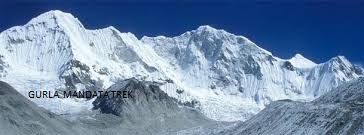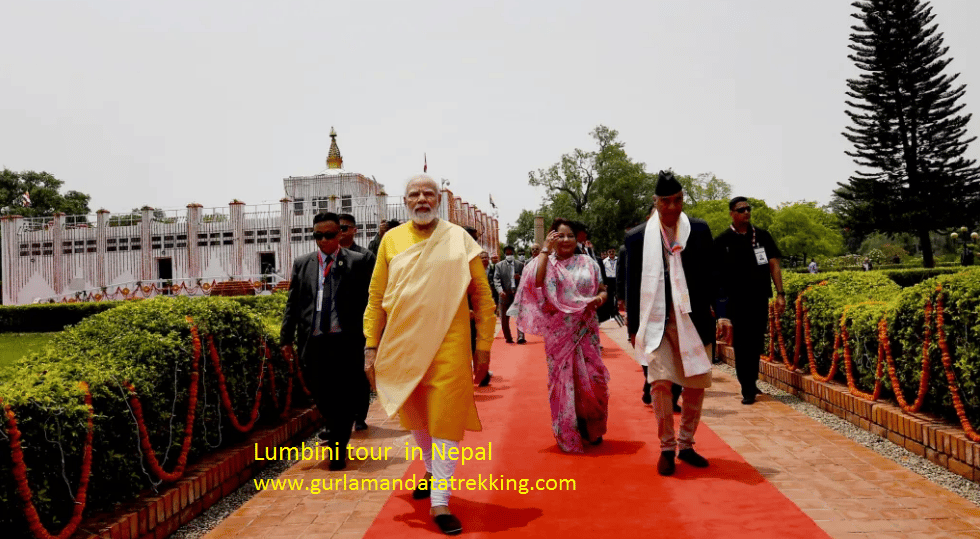Welcome to Gurla Mandata
Mt. Baruntse Expedition
Mt. Baruntse expedition. Mt.Baruntse expedition in Mt.Baruntse, there are hard sections of 50 Degree’s elevation. It has a prominent ice cliff to be climbed facing the risk of avalanche. The climbers have succeeded the mountain mostly in the spring season. That is because of being the season the best to the climber safety. But on it’s top some climbers have reached in the autumn season as well. Mt. Baruntse Expedition (7129 m) is situated in Nepal between Mt. Everest and Mt.Makalu .,It is another Himalayan peak attractive for climbing due to it’s location, classical symmetrical beauty and relatively accessible to climbers across wide range of skills.,
It is located away from standard trek path., So climbers can experience sense of being in a remote area. And without investing considerable amount of time and effort. There are two ways of getting to the peak from Lukla via Mera La Pass and Hunku glacier. It has a possibility of climbing Mera peak as a part of adventure. And from Tumlingtar along the Mt. Makalu access trek and West Barun glacier. Second option offers also a crossover and walk out via Mera La pass to Lukla for a full spectrum adventure.
Mt. Baruntse expedition.
However it is rapidly gaining popularity due to classics like Mt. Pumori . Or Mt. Ama dablam being overcrowded by commercial operators. It was first ascended by Colin Todd and Geoff Harrow on 30 May 1954 via Southeast Ridge. Later, it became the normal route. From climbing aspect it has slightly higher rate in objective danger than Pumori with 50° climbing slope. And it also has some objective danger of avalanche. But in general, it is an accessible climb with tremendous views of Mt. Everest region peaks.
SAFETY KITS :
1. Never trek alone. So, hire a guide if you can’t find companion.
2. Choose trekking companies/guides with eco friendly concepts.
3. Become informed about high altitude sickness.
4. Also, always carry a good medicine kit.
5. Hence, watch where you are walking. And don’t step backward blindly while taking photos.
6. Therefore, time your trek generously. Also, taking rest while trekking is not a sign of weakness.
The trip cost will vary depending on the group size, duration of days and services required. Please contact us via our email. gurlamandatatrek@yahoo.com Along with your details to obtain a quote. . face book.






